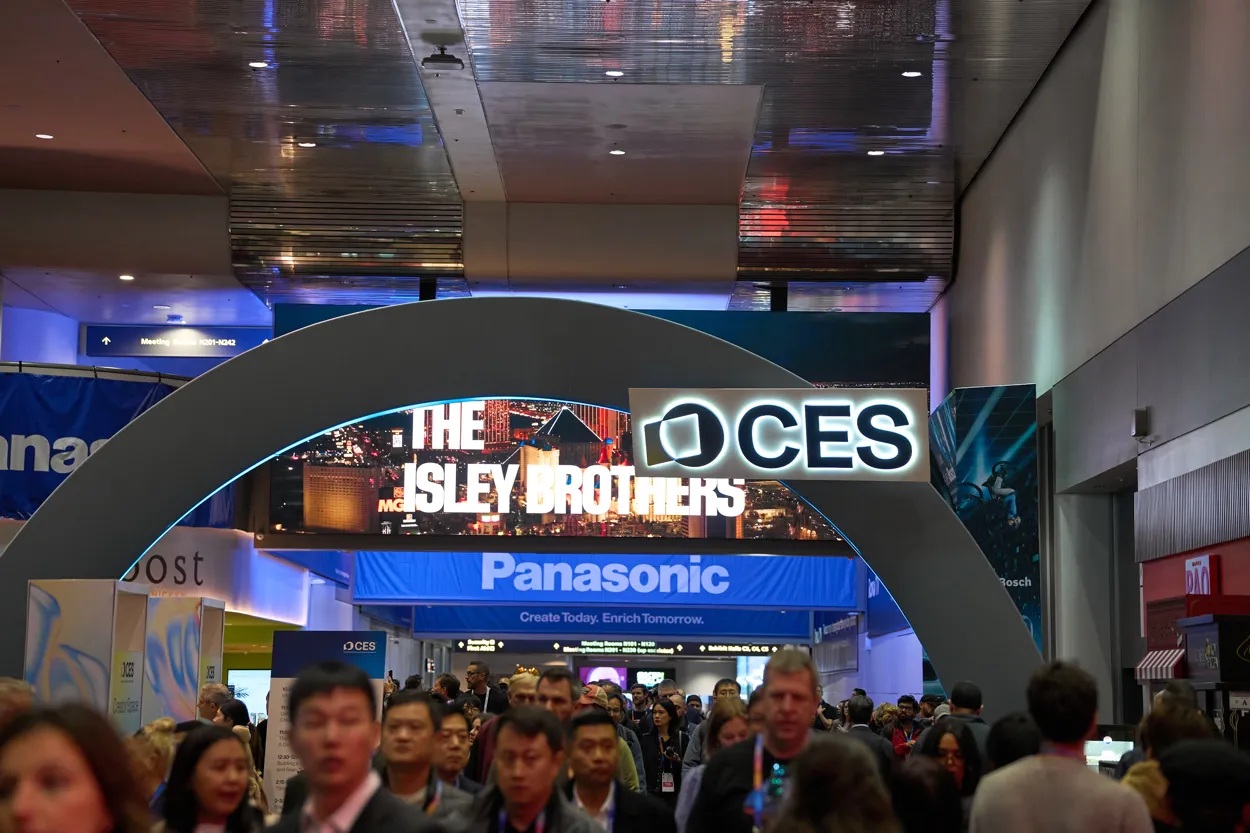Forrester to retail marketers: Adapt or miss the digital signage boat
In-store digital media ad campaigns have begun to generate significant revenue and make inroads in driving product sales. However, we have only scratched the surface of the benefits retailers can reap from digital signage. If retailers and marketers are willing to embrace the operational and technological changes that will be induced by the nuances of digital signage, they will see this for themselves. If not, they run the risk of being left in the dust.
This is the take of Forrester analyst Nikki Baird, who penned a recent report titled “How Digital Media Transform In-Store Marketing.” According to the report, in-store marketing pilot campaigns using HD technology at POS already have seen sales lifts ranging from 15 percent to 60 percent. Yet, if Baird is correct, she says that more sophisticated marketing and even a modest adaptability to the new medium can generate even greater revenues.
To realize this potential, marketers have to realize that the landscape has undergone a few changes, says Baird. First, awareness and purchase can happen anywhere thanks to the Web and Web-enabled mobile devices. Second, frequency of the message does not determine success; rather it’s how effective companies can time the message to find consumers at the point where they are ready to buy. Third, the store itself has become cluttered with messages from a variety of vendors leading to consumer backlash.
Ken Goldberg, CEO of Real Digital Media and a panelist with Baird at a recent digital signage discussion, agrees with the second point. “If you can influence buying decisions at the point of purchase, you are strategic,” says Goldberg. “And if you can integrate with other applications down the line, and do things actively while people are in the store, you are certainly strategic.”
However, formulating in-store ad strategies that take these realities into account forces companies into modes of operation they are not used to, which in turn creates a lot of resistance to fully embracing digital signage. “[In-store signage] is forcing people together in the same room that historically haven’t had to be together — media vs. promotion and also media vs. packaging, “says Baird. “The packaging people understand presentation at the shelf, and that’s very different from presentation on the screen and in your living room.”
Baird added that Web designers and professionals with experience in billboard design also struggle with the digital signage medium. The needs of in-store marketing can be very different from that of a static Web page or 60mph drive-by.
This leads to misunderstandings of another sort. Many of the assumptions of in-store packaging and regular television advertising do not apply to digital signage. For example, it is still not clear as to whether less-valuable shelf spots (e.g., top shelves) become more valuable with aesthetically pleasing visuals or not. Meanwhile, 30-second TV-like commercials have not proven to be as successful in stores.
The professional video industry's #1 source for news, trends and product and tech information. Sign up below.
“You can see a sales lift in spite of ourselves — the only ones I’ve heard where the expense didn’t meet the result expected was the ones that were more like TV,” says Baird.
Still, Baird reiterates that the real benefits will come about as retailers resolve these issues and discover the landscape of this new medium. Goldberg agrees. “Screens in the store will be the price of entry pretty soon, but you have to start with understanding where you’re going,” says Goldberg.
For more information, visit http://www.forrester.com/findresearch/results?SortType=Date&geo=0&dAg=10000&N=50176 and www.realdigitalmedia.com.
